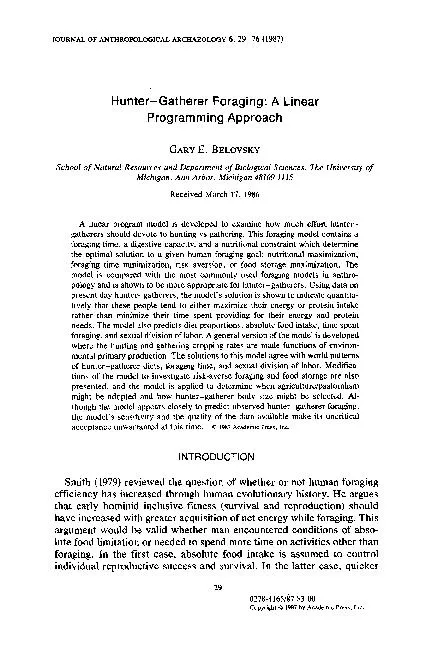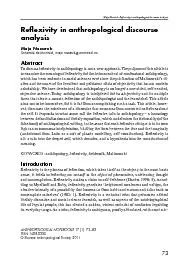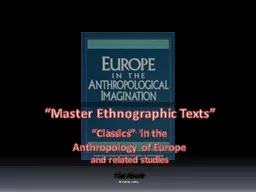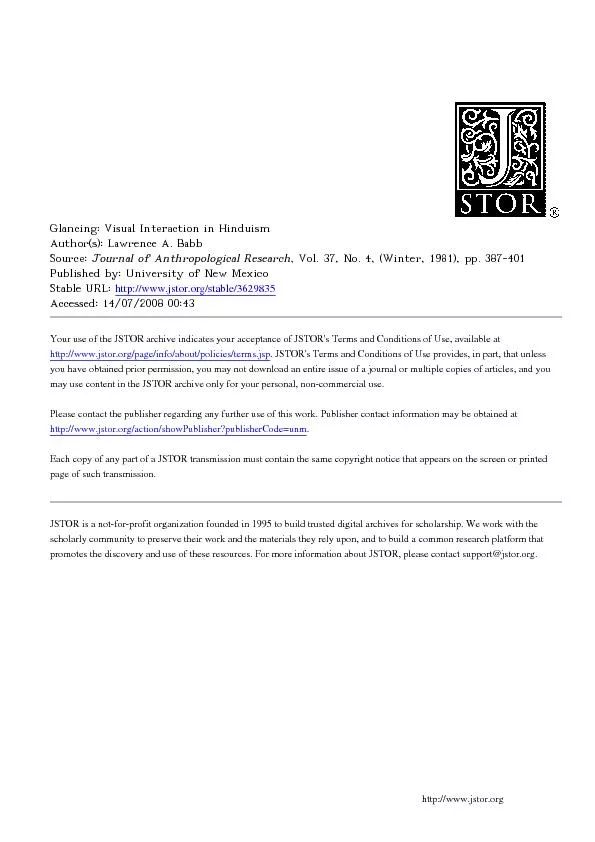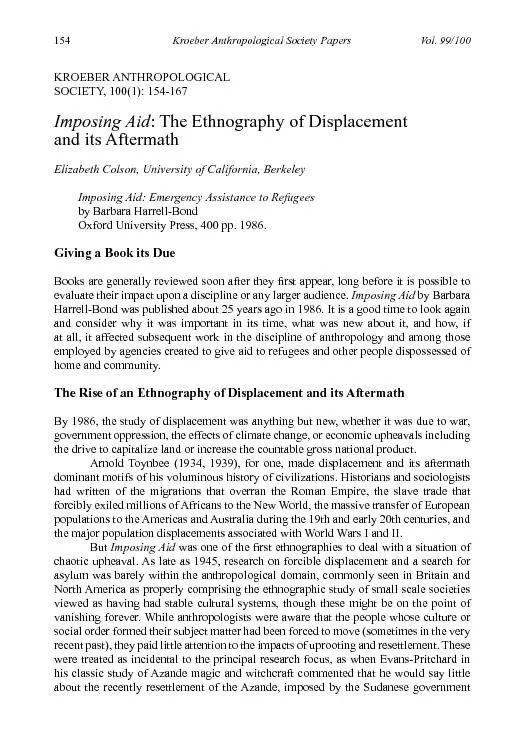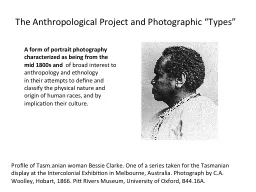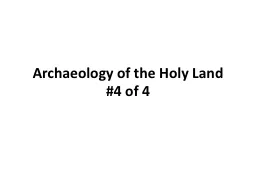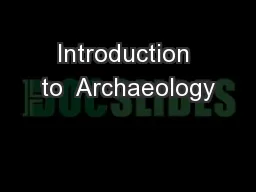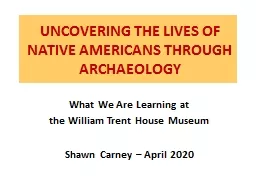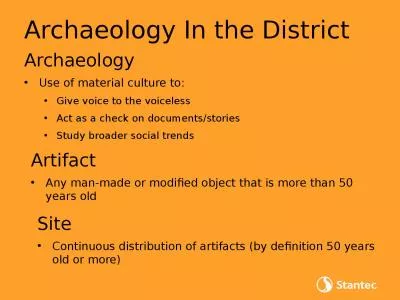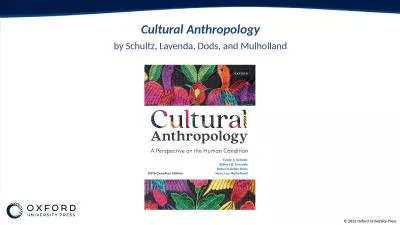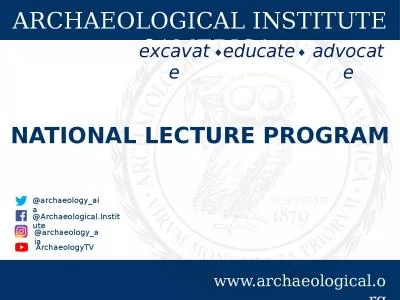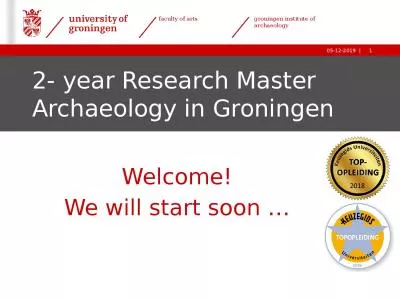PDF-JOURNAL OF ANTHROPOLOGICAL ARCHAEOLOGY
Author : faustina-dinatale | Published Date : 2016-06-13
62916 1987 HunterGatherer Foragirig A Linear Programming Approach GARY E BELOVSKY School of Natural Resources and Department of Biological Sciences The University
Presentation Embed Code
Download Presentation
Download Presentation The PPT/PDF document "JOURNAL OF ANTHROPOLOGICAL ARCHAEOLOGY" is the property of its rightful owner. Permission is granted to download and print the materials on this website for personal, non-commercial use only, and to display it on your personal computer provided you do not modify the materials and that you retain all copyright notices contained in the materials. By downloading content from our website, you accept the terms of this agreement.
JOURNAL OF ANTHROPOLOGICAL ARCHAEOLOGY: Transcript
Download Rules Of Document
"JOURNAL OF ANTHROPOLOGICAL ARCHAEOLOGY"The content belongs to its owner. You may download and print it for personal use, without modification, and keep all copyright notices. By downloading, you agree to these terms.
Related Documents

